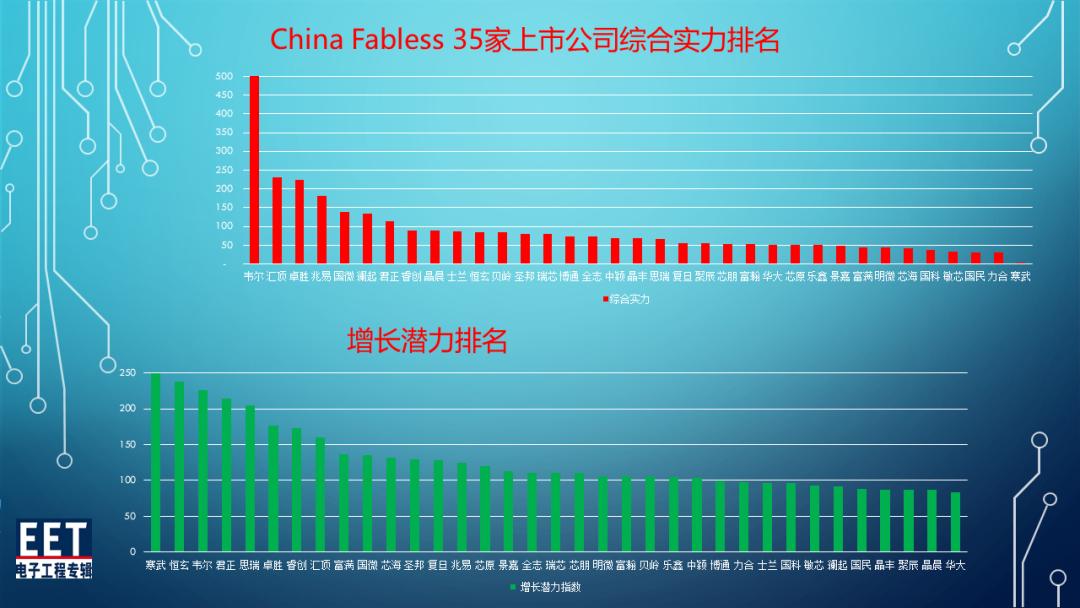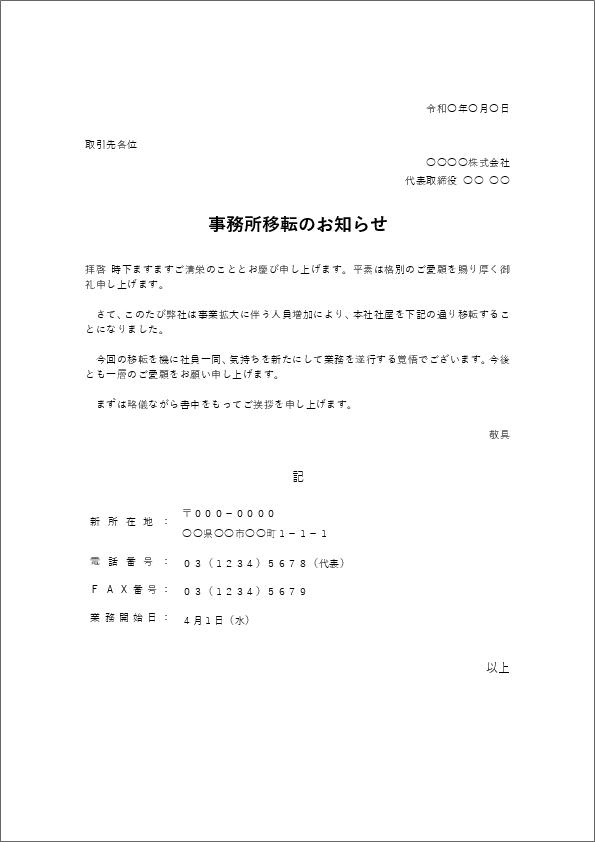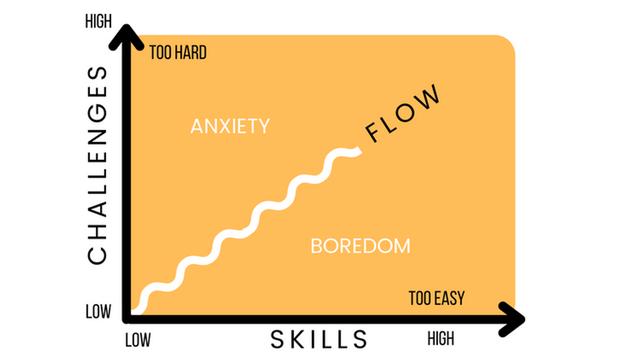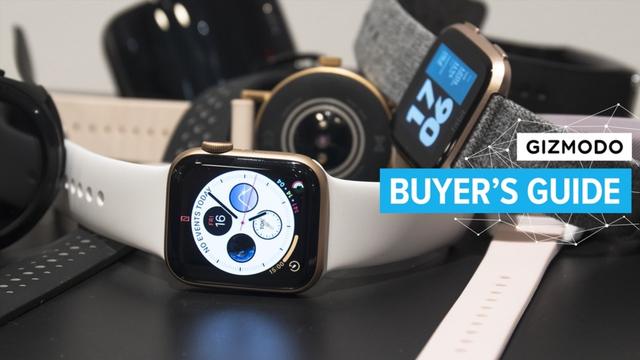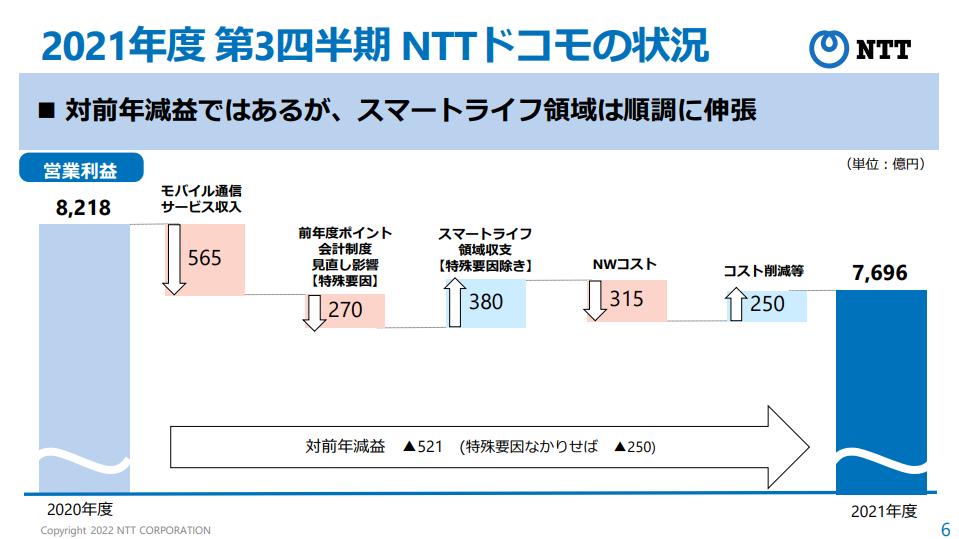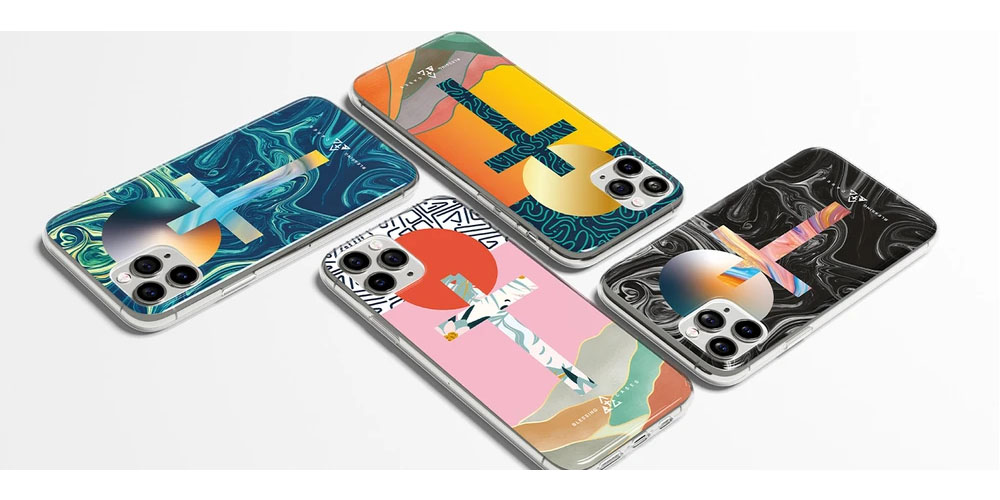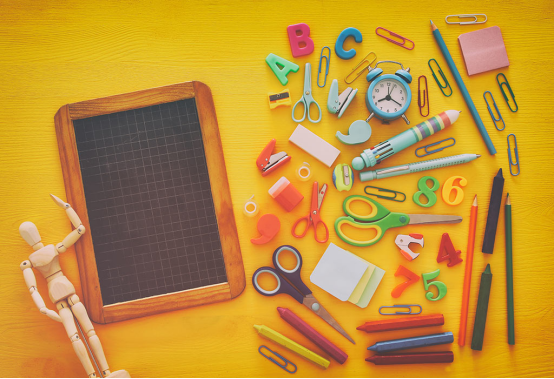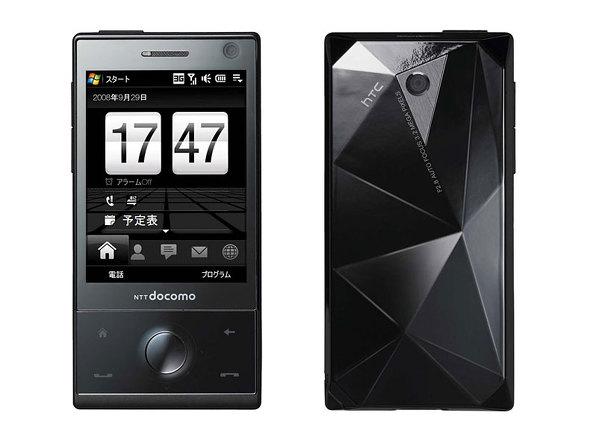4 ways to transfer files from Android smartphone to Windows Introduced by application | TIME & SPACE by KDDI
If you just want to send one or two photos, the easiest way is to use SNS or email. If you send it to yourself, you can check it on your smartphone or computer. However, when sending photos via SNS, the images may be automatically compressed and the data may become lighter, so those who are particular about photos should be careful.
LINE has apps for PCs as well as smartphones, so if you create your own group and send files there, you can easily import files on your smartphone or PC.
If you select [ORIGINAL] when sending a photo, you can send it in a larger size than usual. When you select a photo to send in the talk, the [ORIGINAL] item will appear in the lower right, so tap it to turn it on.
It simply sets up a thread for you and sends the file. There is no need to create your own group. It's easy to use from a browser on your computer, so it's probably the easiest for anyone using Facebook.
Don't use SNS like LINE or Facebook, just send an email to yourself. Depending on the mail system you use, you may not be able to send a very large file, or even if you can, it may take up space on your mail server, so be careful. Even when using email, it's a good idea to keep it to a small number, such as one or two photos.
[Advantages] -If you have an account that can be viewed on your PC or smartphone, it is easy and easy to share with others.
[Disadvantages] -File size is compressed with SNS-Mail may put pressure on the mail server, so it is not suitable for sending a large number of files.
Using cloud storage is fast, easy to work with, and doesn't compress files. First, you need to register for each cloud storage, but if you register, you can use it just by logging in with your computer or smartphone. Many services have a sharing function, which is also useful when you want to share photos when you go on a trip with your friends.
In addition, mobile data communication can be used as well as under the Wi-Fi network, so it is an advantage that you can use it anywhere if you pay attention to the monthly communication volume.
The following is a typical example of cloud storage services, but there are many other services, so please choose the one that suits you best.
If you're an Android user, Google Drive is almost certainly available. Even if you don't remember registering with Google Drive, you can use it if you have a Gmail account. The feature is that you can use the capacity of 15GB for free. Most Android smartphones come with apps pre-installed, so the hurdles to use will be low.
Also, if you want to back up the photos taken with Android, you can use "Google Photos". This is also pre-installed on almost all Android smartphones, so you can back up automatically just by setting it.
Dropbox is a storage service that is often used for business purposes. The free plan has a small capacity of 2GB, but the paid Plus has a dramatically large capacity of 2TB and the Professional has a dramatically large capacity of 3TB. As well as automatic file backup, it has a lot of sharing functions, which is convenient for communicating with multiple people. Also, if you accidentally delete a file, you can restore it for 30 days (180 days for Professional).
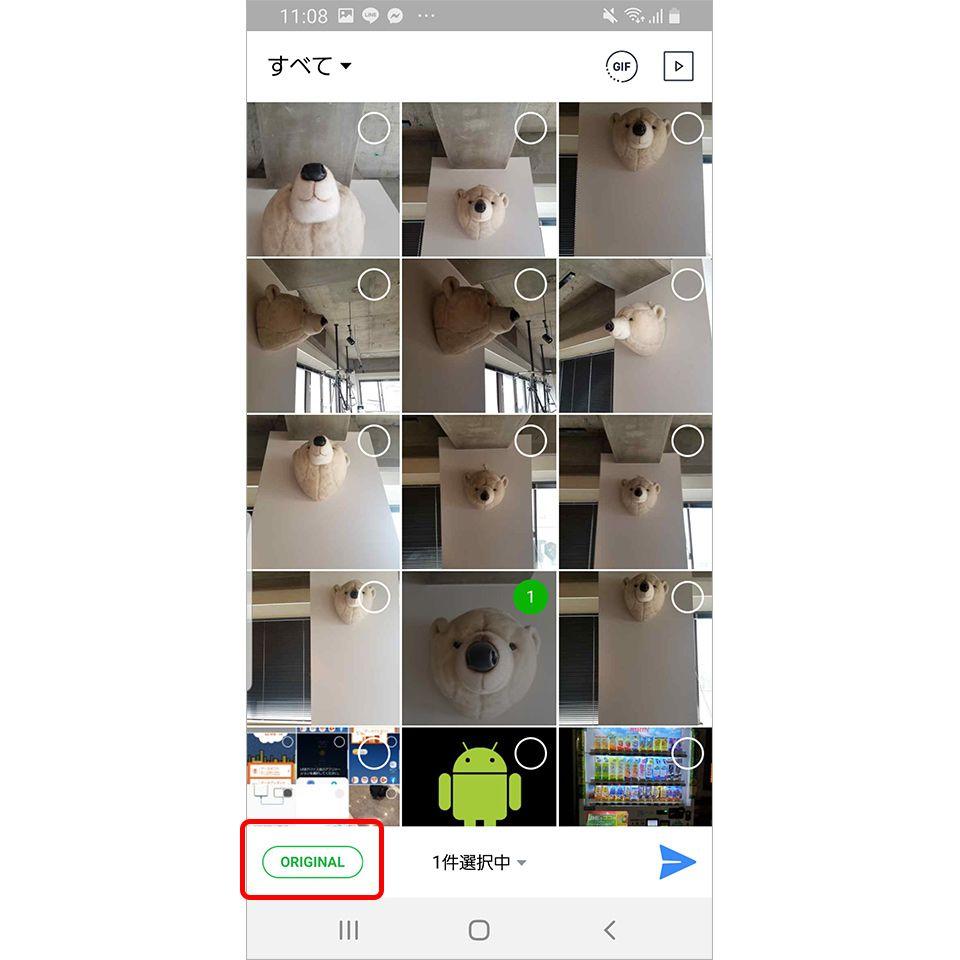
It is a cloud storage service operated by Microsoft and can be used up to 5GB for free. If you're using Office 365, you can use up to 1TB. Only Microsoft's service has a high affinity with Office apps, and of course it can also automatically back up photos.
[Advantages] -Easy uploading and sharing in both Wi-Fi and mobile data environments-Files are not compressed
[Disadvantage] ・ Registration is required
The method using Bluetooth can be used only with the smartphone and the PC once pairing is completed, so it is very easy and does not consume data communication volume. However, while Bluetooth is easy to work with, the transfer speed is slower than Wi-Fi, so it takes a little time to send one photo. This is the best method for cases such as "I want to transfer one or two photos taken with a smartphone to a PC and process them."
First, pair your Android and Windows. Let's turn on Bluetooth for both Android and Windows devices. Android devices can be turned on from the [Settings] app ▶ [Devices] ▶ [Bluetooth].
When you turn on Bluetooth on your Android device, the device name of your computer will be displayed as a connectable device, so tap it to complete pairing.
When sending from Android to Windows, it is necessary to first wait for reception on the Windows side. Click [Taskbar] ▶ [Bluetooth] ▶ [Receive File] in Windows and you are ready to go.
When the Windows side is ready, open the file you want to send on your Android device, and select the destination Windows from [Share] ▶ [Bluetooth].
Right-click the file you want to send on Windows, and click [Send] ▶ [Bluetooth Device]. Select the destination Android device.
[Advantages] -No special apps or services are required and can be used if you have a smartphone or PC.-Once paired, no settings are required from now on.-No data traffic consumption.
[Disadvantage] -Since the transfer speed is a little slow, it is not suitable for transferring multiple large files.
Lastly, I will introduce how to connect Android and Windows via Wi-Fi. Settings are required on both Android and Windows computers, such as connecting to the same network and installing apps, but the transfer speed is fast, so it is a recommended method when you want to transfer heavy data such as dozens of photos. ..
The following apps can be used on Android.
"CX File Explorer" (common to Windows and Mac) "File Manager" (common to Windows and Mac)
Here, I will introduce the method using CX File Explorer. If you use a file manager, you can follow almost the same procedure, so please refer to it.
The method of transferring files on Android to Windows does not require much setup, and even people who are not familiar with computers will be able to use it easily.
Open CX File Explorer on Android and select [Connect from PC] from the Network tab. Check [Random port number] and tap [Start] to display the address "ftp: ~".
Then enter this address in your Windows browser and you'll see your Android folder.
If you want to import photos taken with Android to Windows, you usually find the photos in a folder called "device / DCIM / Camera". After that, click the displayed file name and it will be downloaded on Windows.
To move files from Windows to Android, you need to access the Windows folders from Android via Wi-Fi. Therefore, it is necessary to set the shared folder on Windows. It's a bit complicated to set up, but it's a good idea to keep in mind.
First of all, in Windows Explorer, right-click the folder you want to access from Android (the folder containing the files you want to move), open [Properties], and display the [Sharing Tab].
Next, click [Detailed Sharing] and check [Share this folder].
After that, click [OK] to close the screen and the settings on the Windows side are completed.
Next, open the CX file explorer installed on Android and click [+] on the network tab. Select the remote tab and tap [Local Network]. Then, the name of the Windows PC for which sharing settings have been made will appear, so select it.
You may be asked for a username and password, in which case you can enter the account name and password of your Windows device to access the shared folder.
To copy a file, select [Copy] from the menu displayed at the bottom after selecting the file. After that, click the [←] button at the top to return to the first screen and select the local tab. Select the folder you like from [Main Storage] or select [Download] and paste it, and it will be copied to that folder.
[Advantages] -Transfer of multiple sheets can be processed at high speed-Does not consume data traffic
[Disadvantage] ・ Initial setting is a little complicated
We have introduced typical file transmission methods, but each method has its own suitability, such as those that are not suitable for sending multiple files, those that can only be used with Wi-Fi, and those that can be used for mobile communication. I want you to use it properly according to your purpose of use, such as whether you only need to send one sheet or if you want to send dozens of sheets at once.


